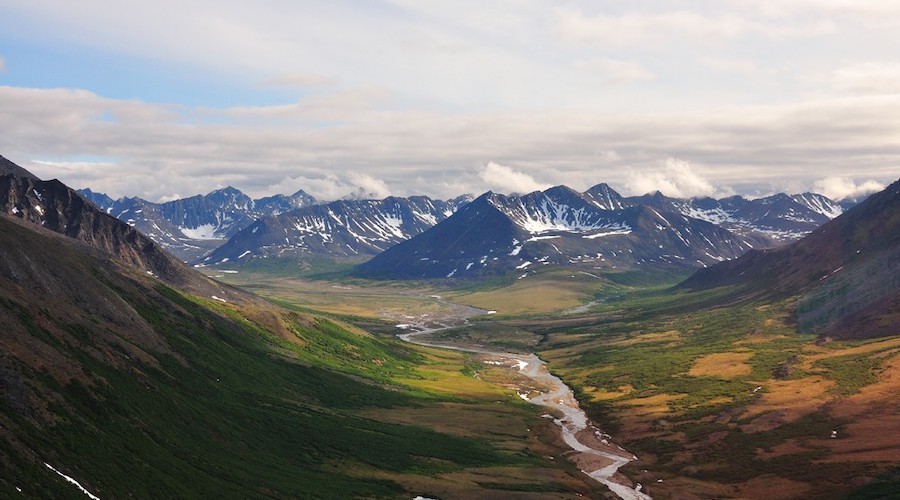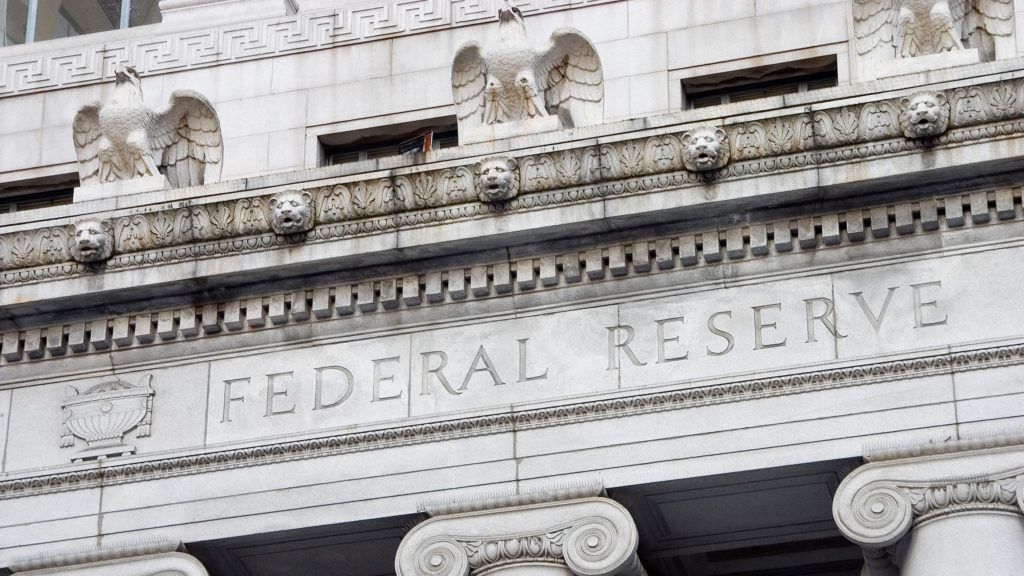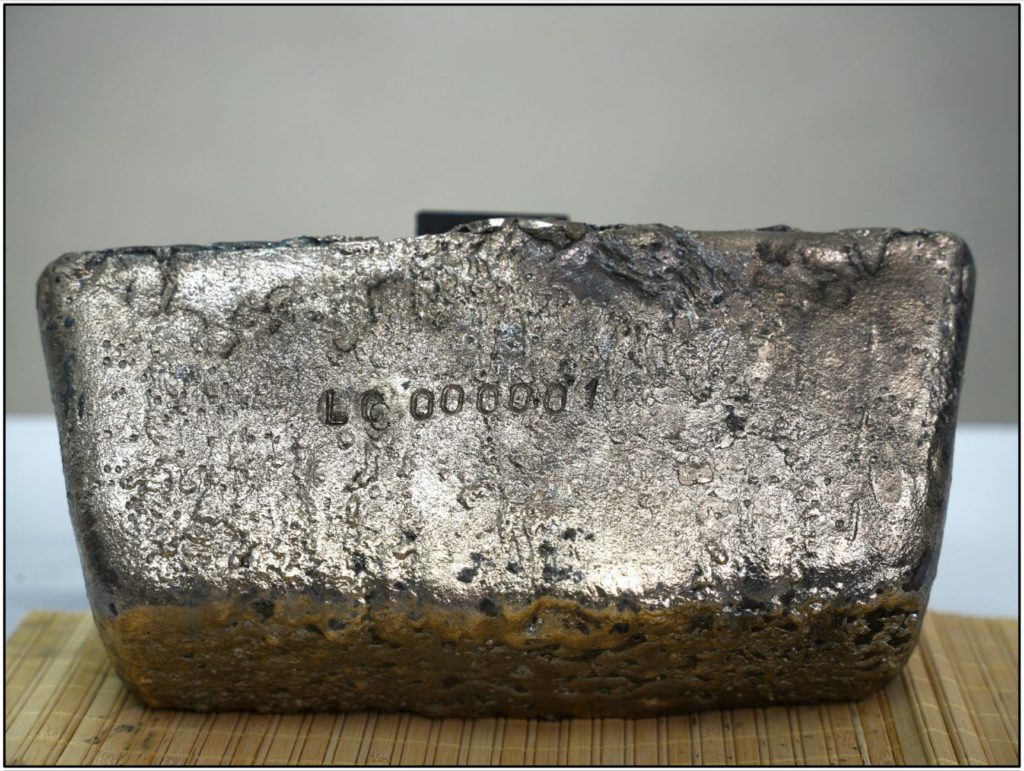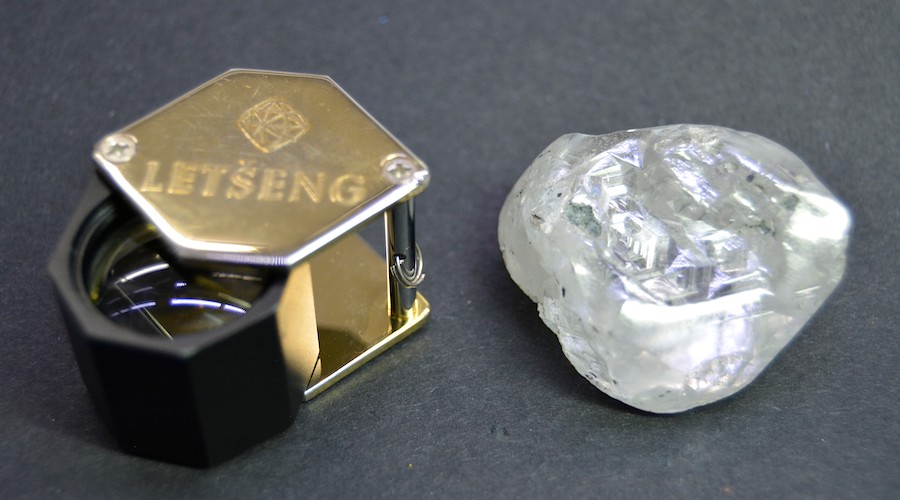Graphite One prefeasibility outlines $1.2bn capex for Alaska mine and Washington state plant


The company estimates it will take three years to permit and build the graphite manufacturing facility and on average, the plant would produce about 49,615 tonnes of anode material per year (coated, spherical natural graphite [CPN]; blended natural and artificial graphite [BAN]; secondary particle natural graphite [SPN]; and secondary particle composite [SPC]); along with 7,354 tonnes of purified graphite product and 18,057 tonnes of unpurified graphite product annually.
The proposed open pit mine, on the Seward Peninsula, about 60 km north of Nome, would produce an average of 51,813 tonnes of graphite concentrate per year. The pit would be mined in six phases and the ore would be hauled to an adjacent process facility, which would process an average of 2,860 tonnes per day.
Over its 23-year mine life, the mine would produce 22.5 million tonnes of ore with an average grade of 5.6% Cg (total carbon in graphite form) and peak mine production is expected to be about 11,000 tonnes per day.
The study estimated initial capex of $571 million to build the manufacturing plant and $499 million to construct the mine for a total of $1.07 billion. Factoring in a contingency of $90 million for the plant and $80 million for the mine would bring the initial capex to $1.24 billion.
The capex could be repaid in 5.1 years and the integrated project would generate an estimated post-tax net present value at an 8% discount rate of $1.4 billion and an internal rate of return of 22%.
The company also noted that the numbers in its prefeasibility study do not account for tax credits under the US Inflation Reduction Act of 2022 that come into effect on Dec. 31, and said it will evaluate the act’s impact on Graphite Creek’s economics when they are clearer.
A resource update was included as part of the study. Measured and indicated resources now total 32.5 million tonnes grading 5.25% Cg for 1.7 million tonnes, with inferred resources at 254.7 million tonnes grading 5.11% Cg for 13 million tonnes. The estimate used a cutoff grade of 2% Cg, down from 5% in a previous 2019 estimate, due to updated mining and processing information as well as the integration of the processing facility in Washington state. Overall, tonnage increased in each category by 175-200%, however, grades decreased by about one-third.
The company also announced it has increased its previously announced non-brokered private placement of C$15.5 million to C$21.3 million. It now intends to issue up to 18.5 million units at a price of C$1.15 per unit.
Over the last year, Graphite One has traded in a range of C89¢ and C$2.54 per share and at press time in Toronto was trading at C$1.27 per share. The company has 87.8 million common shares outstanding for a market cap of C$113.3 million ($87m).
The company is banking on rising demand for graphite and notes that about 4.5 million tonnes of graphite will be needed annually by 2050 to keep up with demand in the energy sector, based on statistics from the World Bank.
In April, it signed a memorandum of understanding with Sunrise (Guizhou) New Energy Material Co. Ltd., a Chinese lithium-ion battery anode producer. The MOU is designed to develop an agreement to share expertise and technology for the design, construction and operation of its graphite material facility.
It also signed a non-binding initial MOU the same month with Lab 4 Inc., of Nova Scotia, to work together to design, develop and build a recycling facility for end-of-life electric vehicle and lithium-ion batteries.
This post has been syndicated from a third-party source. View the original article here.




